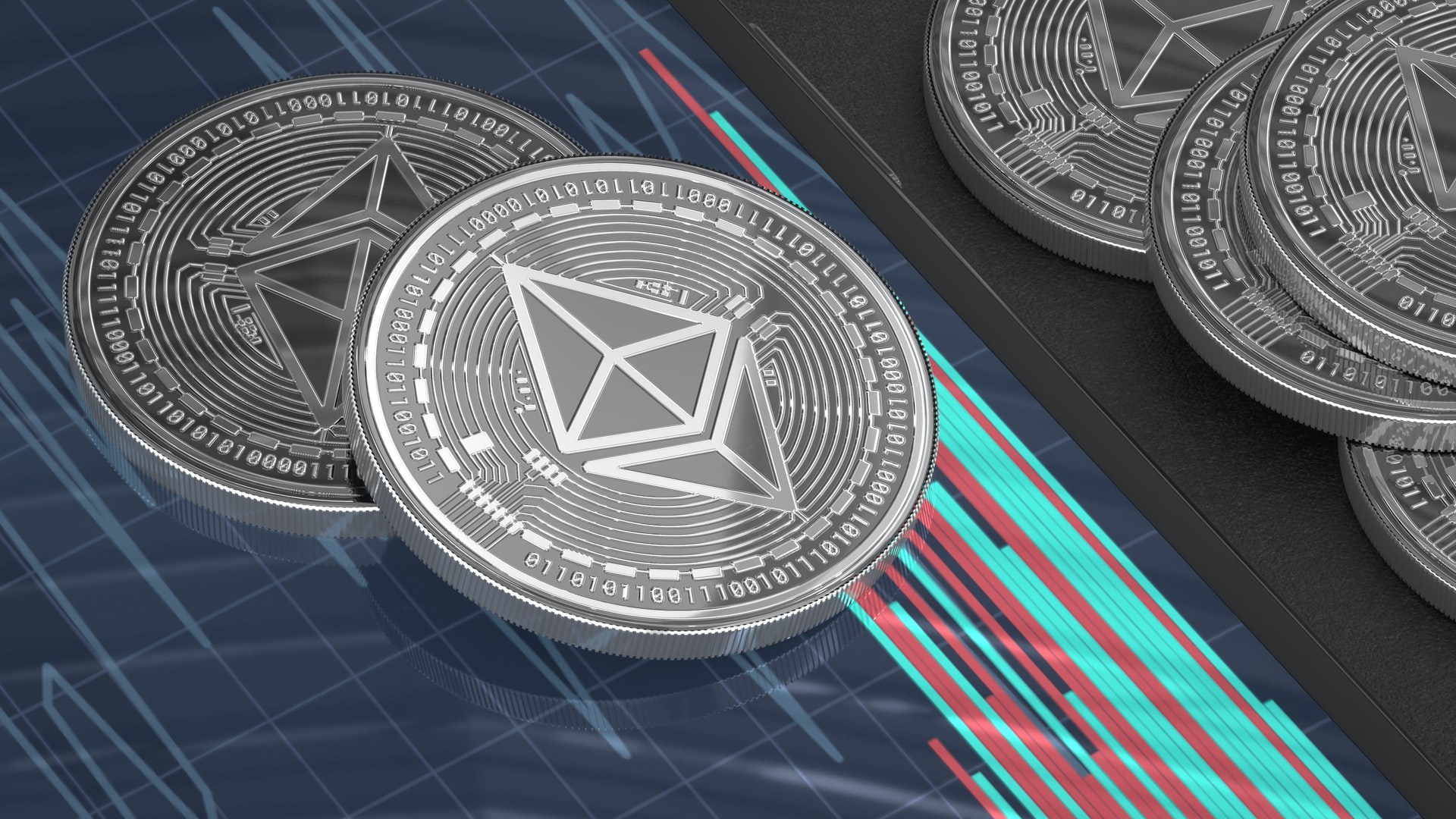
On Monday, Vitalik Buterin appeared as a guest on the latest episode of the Bankless podcast, a Youtube series that explores the frontier of crypto money and finance. In the 2 hour talk, the founder of Ethereum and its head developer outlined the current state of the world’s second-largest crypto network and identified key obstacles standing in the way of “100% optimization.”
Key takeaways:
- The 99th episode of Bankless, titled Endgame, was focused primarily on the technical aspect of Ethereum development and Buterin’s vision on the future of blockchain technology.
- Buterin outlined five key and somewhat broadly defined phases on the road towards the full realization of ideas first proposed in Ethereum’s white paper. The first phase is dubbed the merge, followed by the surge, and finally the verge.
- Buterin described the merge as the transition from Proof-of-Work (PoW) consensus mechanism to Proof-of-Stake (PoS), which will significantly reduce the power consumption and provide greater transaction throughput and scalability. If everything goes according to plan, the transition to PoS should transpire sometime in the first half of this year.
- The next step, the surge, will introduce considerable improvements to ZK-Rollups, a Layer 2 smart contract solution that takes hundreds of transactions off the main blockchain and bundles them into a single transaction. This process frees up the Layer 1 chain’s bandwidth and further boosts the network’s scalability.
- Buterin noted that the full implementation of the merge and surge processes would represent an 80% completion of the entire roadmap. The successful launch of the London hard fork in August and the rise of non-fungible tokens (NFTs) have pushed the completion rate to 50%, according to Buterin.
- The final step called the verge will democratize access to transaction validations to “the broadest number of participants possible.” After that, the purge and the splurge will do away with historical data and bring various EVM upgrades to the network, at which point the roadmap will be completed.
- Ethereum is “not yet the layer-one system that is ready for direct mass adoption,” said Buterin and pointed out the importance of Layer 2 networks and commended their service of lowering transaction costs and artificially boosting scalability of the network.
- It took six years for Ethereum to reach a 50% completion, and it will take another six for Ethereum developers to finalize the remaining half, according to Buterin.
- On December 2, Buterin tweeted the full copy of the updated roadmap diagram.



